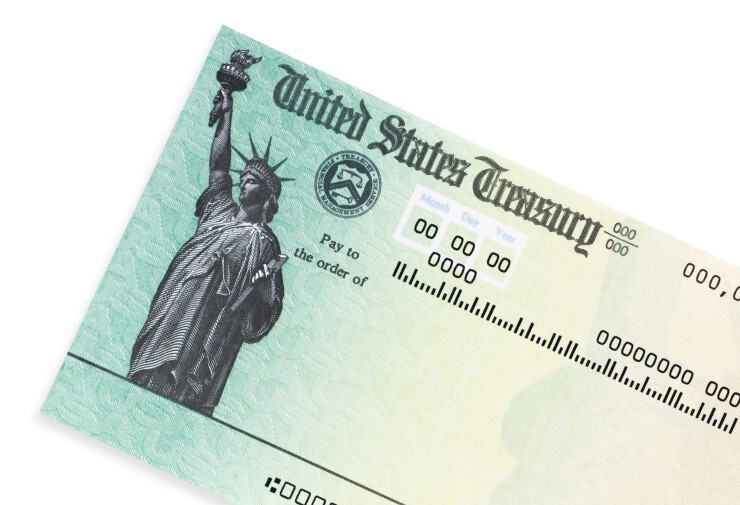The Internal Revenue Service, working with the Treasury Department, announced new tool Get My Payment, enabling taxpayers to check on their Economic Impact Payment date and update direct deposit information.
The tool, available on IRS.gov, was created to help taxpayers track the initial round of more than 80 million Economic Impact Payments that have started to hit bank accounts and address some common questions. Get My Payment is similar to the IRS’s “Where’s My Refund” tool in that it will show the projected date a deposit has been scheduled. It also gives taxpayers who did not use direct deposit on their latest tax return the ability to input their information to receive this payment as a direct deposit.
The IRS recommends that taxpayers only use the tool once per day given the high volume of people receiving Economic Impact Payments. Get My Payment is updated once daily, usually overnight.
“Get My Payment will offer people with a quick and easy way to find the status of their payment and, where possible, provide their bank account information if we don’t already have it,” said IRS Commissioner Chuck Rettig in a statement. “Our IRS employees have been working non-stop on the Economic Impact Payments to help taxpayers in need. In addition to successfully generating payments to more than 80 million people, IRS teams throughout the country proudly worked long days and weekends to quickly deliver Get My Payment ahead of schedule.”
Get My Payment only requires a few pieces of information from taxpayers, who should have a copy of their most recent tax return on hand to expedite the process, as well as bank account information as needed.
Taxpayers seeking to track the status of their payment will be able to see the payment amount, scheduled delivery date by direct deposit or paper check, and if a payment hasn’t been scheduled. They will need to enter basic information including:
- Social Security number;
- Date of birth; and
- The mailing address used on their tax return.
Taxpayers needing to add their bank account information to speed payment receipt will also need to provide additional information:
- Their Adjusted Gross Income from their most recent tax return submitted, either 2019 or 2018;
- The refund or amount owed from their latest filed tax return; and
- Bank account type, account and routing numbers.
The Treasury and IRS also
The Non-filers: Enter Payment Info tool is designed for people who did not file a tax return for 2018 or 2019 and who don’t receive Social Security retirement, disability, or survivor benefits and Railroad Retirement benefits.
The IRS also reminded taxpayers that for most people, no action is needed; eligible taxpayers who filed tax returns in 2019 and 2018 will receive the payments automatically. The agency also cautioned taxpayers to be on the lookout for scams related to the Economic Impact Payments, especially those using email, phone calls or texts. The IRS will not send unsolicited electronic communications asking people to open attachments, visit a website or share personal or financial information. Taxpayers should go directly and solely to






